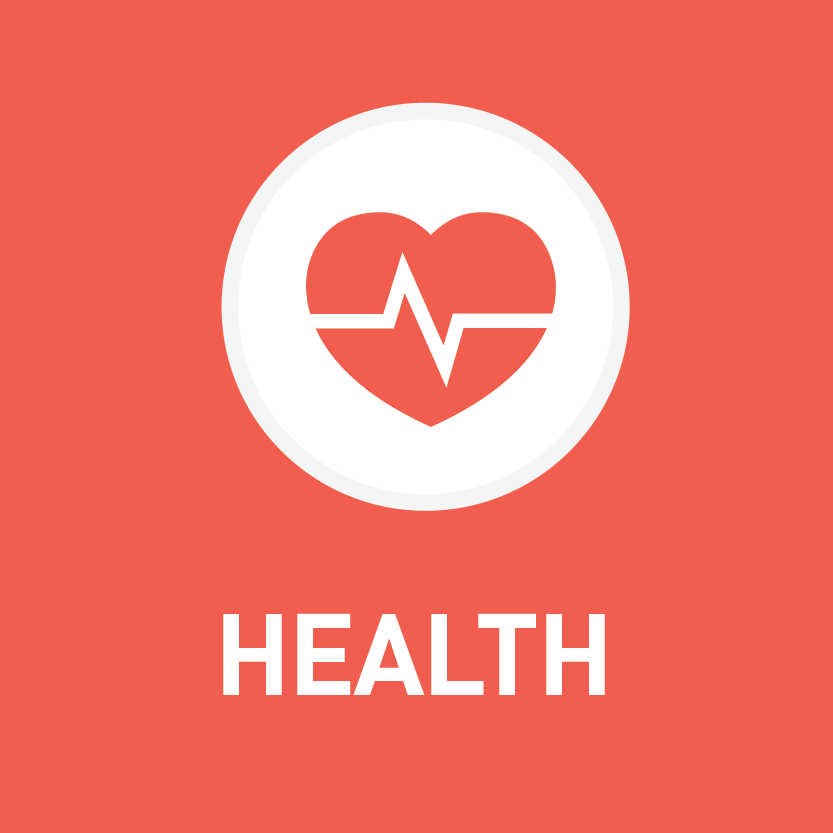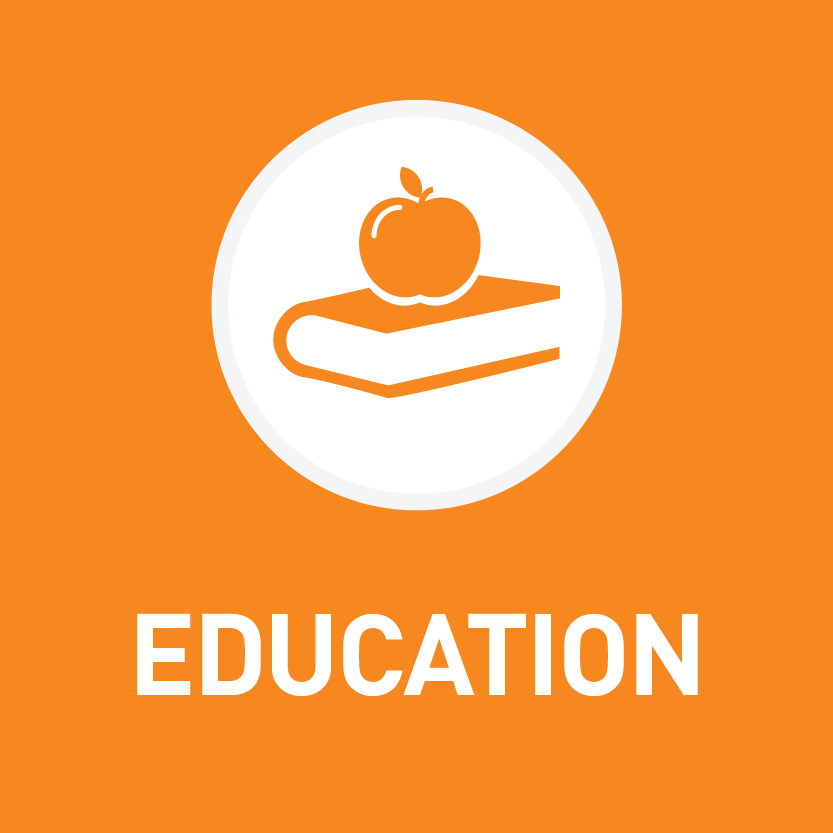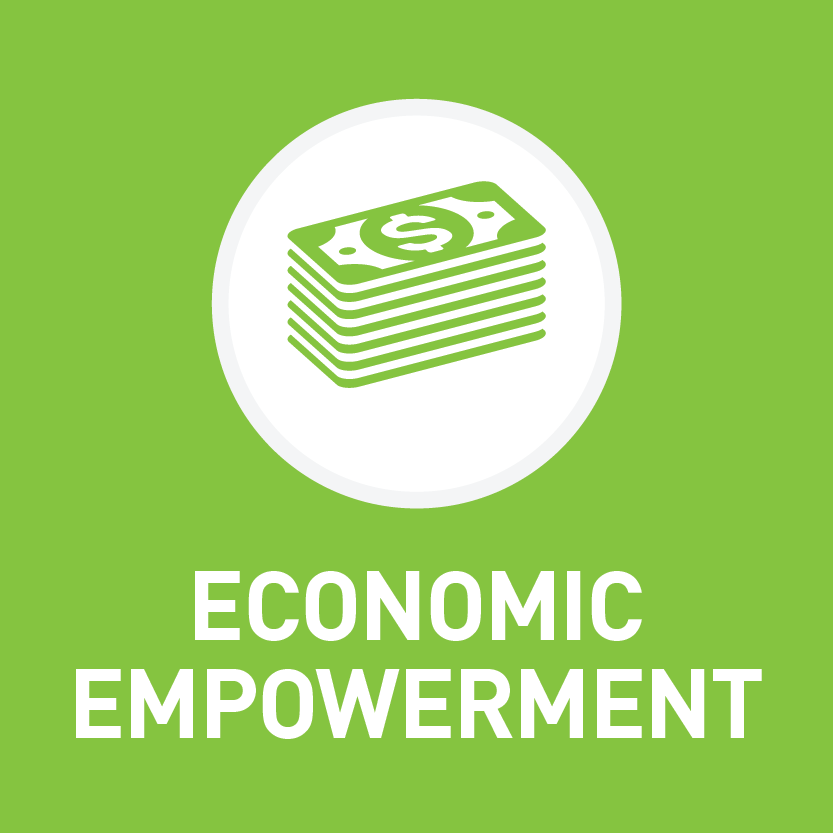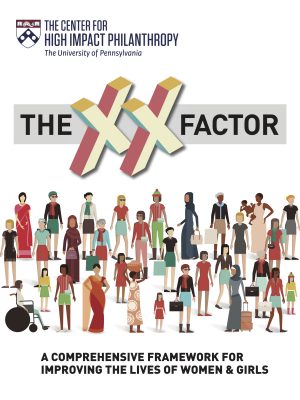We first identified five key dimensions of women’s lives that research show are critical to women flourishing: health, education, economic empowerment, personal safety, and legal rights. These five dimensions are inextricably linked and provide philanthropists with a holistic view of how to create the greatest impact for women and girls. In the infographic below, we provide a summary of the top consensus indicators that are linked to progress in each of the five dimensions.
For example, those interested in improving education for women and girls should review outcome measures related to educational access, attainment, and achievement. We also identified specific determinants that are linked to those outcome measures, such as a country’s education policy, school infrastructure, and rates of poverty.
The purpose of this infographic is to help philanthropists quickly understand what outcomes they should measure—and what factors lead to improved outcomes—to create the greatest social impact around the five key dimensions of women’s lives.
Key Indicators and Determinants of Progress

Overall Outcome Measures
- Years of Life Lost (premature death measure)
- Years Lived with Disability (disease & disability measure)
- Maternal Mortality Ratio (female-specific health measure)
Determinants of Those Outcomes (and associated measures)
- Nutrition (Body mass index, Low Birth Weight)
- Water & Sanitation (access to safe and clean drinking water, access to safe method of human feces removal)
- Mental illness (self-reported prevalence rates, numbers of people seeking help)
Specific to Maternal Mortality Ratio:
- Access to contraceptives (percentage of women of reproductive age who have an unmet need for family planning)
- Presence of a skilled attendant at birth

Overall Outcome Measures
- Years of Life Lost (premature death measure)
- Years Lived with Disability (disease & disability measure)
- Maternal Mortality Ratio (female-specific health measure)
Determinants of Those Outcomes (and associated measures)
- Nutrition (Body mass index, Low Birth Weight)
- Water & Sanitation (access to safe and clean drinking water, access to safe method of human feces removal)
- Mental illness (self-reported prevalence rates, numbers of people seeking help)
Specific to Maternal Mortality Ratio:
- Access to contraceptives (percentage of women of reproductive age who have an unmet need for family planning)
- Presence of a skilled attendant at birth

Overall Outcome Measures
- Enrollment rates (educational access measure)
- Completion rates (educational attainment measure)
- Literacy rates (educational achievement measure)
Determinants of Those Outcomes (and associated measures)
- Compulsory & tuition-free education (generally measured by presence of country-level policy)
- Living in poverty (most commonly defined globally as living with $1.90 or less per day of purchasing power[8])
- School environment (school infrastructure and resources, geographic distance from school, water and sanitation)
- Health (rates of infectious disease, malnutrition, rates of teen pregnancy)
- Cultural norms (attitudes toward child marriage and overall gender roles)
- Safety (country conflict, violence at home, violence in school)

Overall Outcome Measures
- Enrollment rates (educational access measure)
- Completion rates (educational attainment measure)
- Literacy rates (educational achievement measure)
Determinants of Those Outcomes (and associated measures)
- Compulsory & tuition-free education (generally measured by presence of country-level policy)
- Living in poverty (most commonly defined globally as living with $1.90 or less per day of purchasing power)
- School environment (school infrastructure and resources, geographic distance from school, water and sanitation)
- Health (rates of infectious disease, malnutrition, rates of teen pregnancy)
- Cultural norms (attitudes toward child marriage and overall gender roles)
- Safety (country conflict, violence at home, violence in school)

Overall Outcome Measures
- Household wealth (economic status measure)
- Control over household spending (economic agency measure)
Determinants of Those Outcomes (and associated measures)
- Female labor force participation (percentage of population that is working or actively seeking work)
- Access to finance (having an account at a financial institution, having access to credit)
- Access to internet & mobile phones (owning or borrowing a mobile phone, internet use)
- Educational attainment (the highest level of school an individual has completed)
- Marriage/reproductive health agency (ability to decide when and whom to marry, when and how many children to have, and whether or not to leave a marriage)
- Property rights (ability to own land and other assets, such as livestock or small farm equipment)
- Equitable work-related policies & practices (equal pay for equal work, paid maternity leave, freedom from discriminatory labor laws)

Overall Outcome Measures
- Household wealth (economic status measure)
- Control over household spending (economic agency measure)
Determinants of Those Outcomes (and associated measures)
- Female labor force participation (percentage of population that is working or actively seeking work)
- Access to finance (having an account at a financial institution, having access to credit)
- Access to internet & mobile phones (owning or borrowing a mobile phone, internet use)
- Educational attainment (the highest level of school an individual has completed)
- Marriage/reproductive health agency (ability to decide when and whom to marry, when and how many children to have, and whether or not to leave a marriage)
- Property rights (ability to own land and other assets, such as livestock or small farm equipment)
- Equitable work-related policies & practices (equal pay for equal work, paid maternity leave, freedom from discriminatory labor laws)

Overall Outcome Measures
- Proportion of women subjected to physical and/ or sexual violence by a current or former intimate partner, in the last 12 months (intimate partner violence measure)
- Proportion of women subjected to sexual violence by persons other than an intimate partner, since age 15 (non-partner sexual violence measure)
Determinants of Those Outcomes (and associated measures)
- Educational attainment (the highest level of school an individual has completed)
- Child marriage (large age difference between child bride and husband as an important risk factor)
- Living in poverty (most commonly defined globally as living with $1.90 or less per day of purchasing power[9])
- Attitudes toward women in a society (particularly around the use of violence against women)
- Economic opportunity for women (see economic empowerment measures above)

Overall Outcome Measures
- Proportion of women subjected to physical and/ or sexual violence by a current or former intimate partner, in the last 12 months (intimate partner violence measure)
- Proportion of women subjected to sexual violence by persons other than an intimate partner, since age 15 (non-partner sexual violence measure)
Determinants of Those Outcomes (and associated measures)
- Educational attainment (the highest level of school an individual has completed)
- Child marriage (large age difference between child bride and husband as an important risk factor)
- Living in poverty (most commonly defined globally as living with $1.90 or less per day of purchasing power9)
- Attitudes toward women in a society (particularly around the use of violence against women)
- Economic opportunity for women (see economic empowerment measures above)

Overall Outcome Measures
- Percentage of women in national parliament (governance rights measure)
Determinants of Those Outcomes (and associated measures)
- Improved educational and economic opportunities for women (influenced by the determinants in the education and economic empowerment sections above)
- Presence of a female political quota (mandatory or voluntary)
Our five dimensions are interconnected. This is particularly evident when you look at legal rights for women. To the right, we recap the legal rights that link to positive outcomes in each of the other four dimensions above. In fact, many of these rights affect outcomes across multiple dimensions, as highlighted in our “Ten Best Bets” – see page 11 of the full PDF report.
- Health: reproductive rights (access to safe, effective, and affordable methods of fertility regulation, and access to healthcare services during pregnancy and childbirth)
- Education: compulsory and tuition-free education policy
- Economic empowerment: property rights & equitable work-related policies & practices
- Personal safety: protection from child marriage

Overall Outcome Measures
- Percentage of women in national parliament (governance rights measure)
Determinants of Those Outcomes (and associated measures)
- Improved educational and economic opportunities for women (influenced by the determinants in the education and economic empowerment sections above)
- Presence of a female political quota (mandatory or voluntary)
Overall Outcome Measures
Our five dimensions are interconnected. This is particularly evident when you look at legal rights for women. Below, we recap the legal rights that link to positive outcomes in each of the other four dimensions above. In fact, many of these rights affect outcomes across multiple dimensions, as highlighted in our “Ten Best Bets” – see page 11 of the full PDF report.
Determinants of Those Outcomes (and associated measures)
- Health: reproductive rights (access to safe, effective, and affordable methods of fertility regulation, and access to healthcare services during pregnancy and childbirth)
- Education: compulsory and tuition-free education policy
- Economic empowerment: property rights & equitable work-related policies & practices
- Personal safety: protection from child marriage
Endnotes
[8] World Bank. “Measuring Poverty,” n.d. http://www.worldbank.org/en/topic/measuringpoverty.
[9] World Bank. “Measuring Poverty,” n.d. http://www.worldbank.org/en/topic/measuringpoverty.

